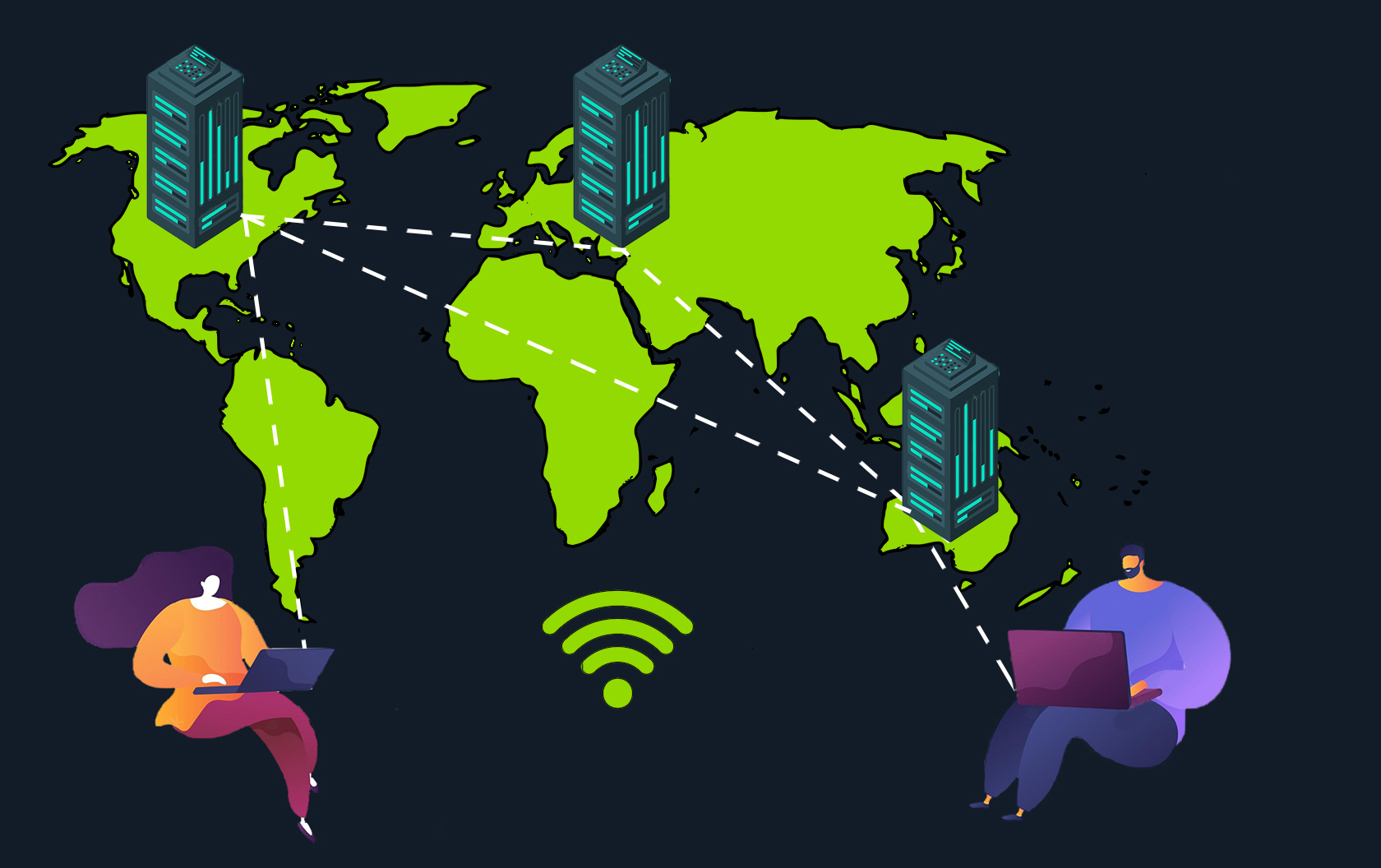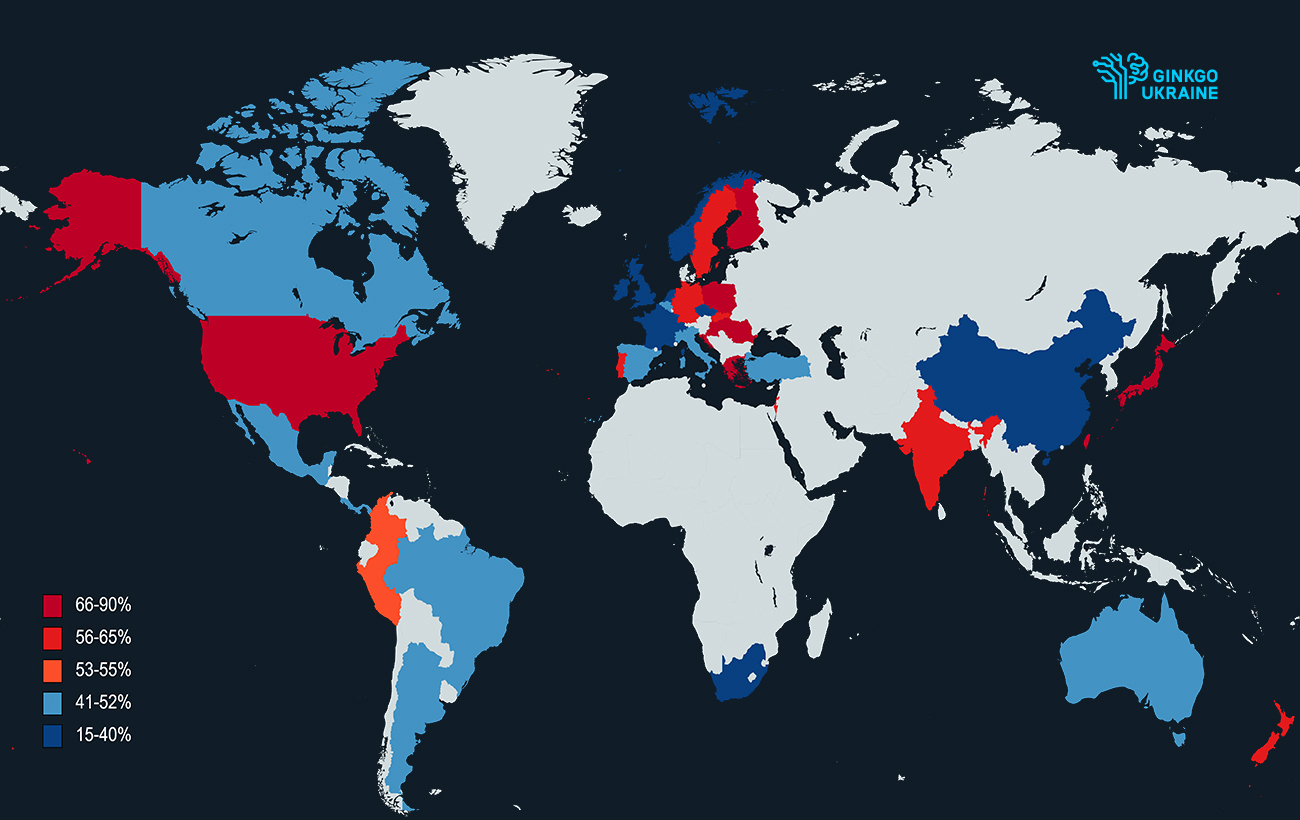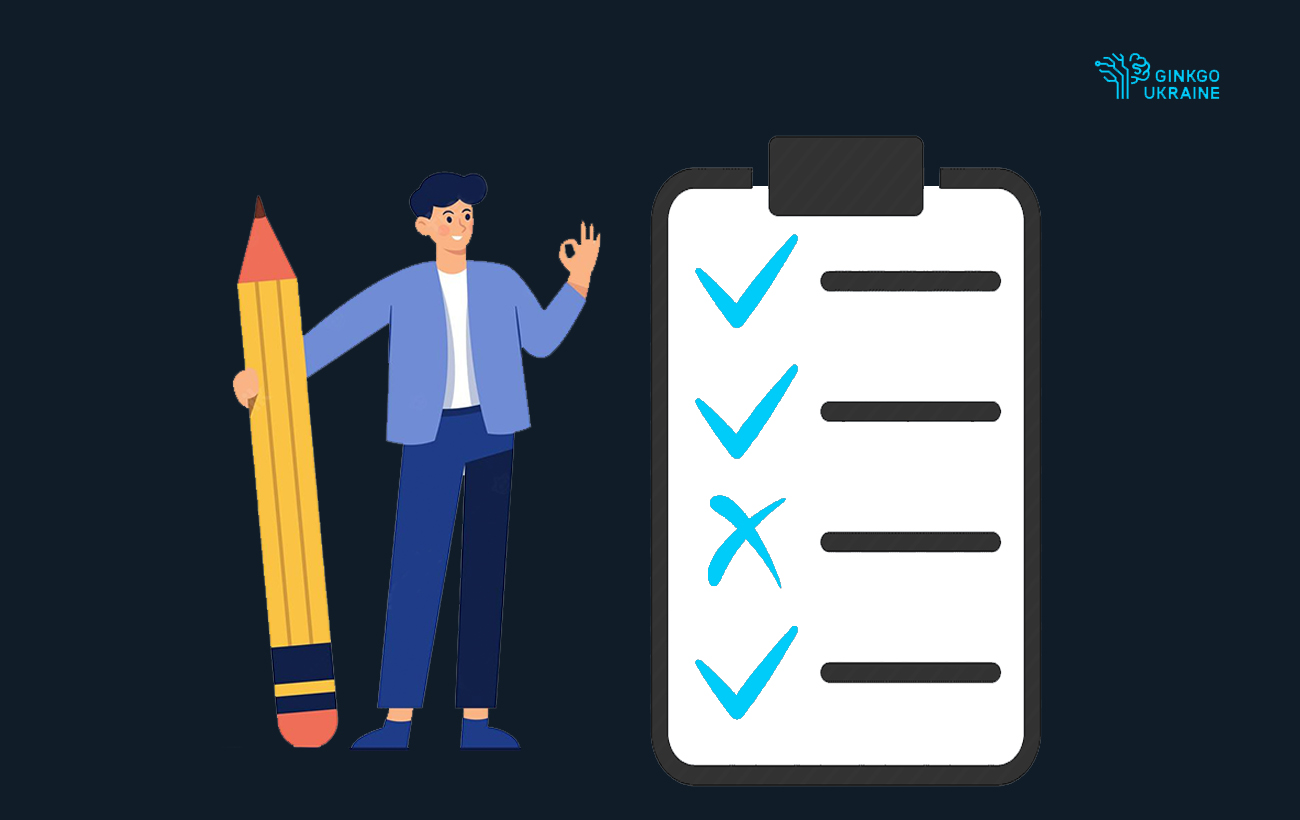Dedicated Team Model to Your Advantage

The dedicated team is a popular outsourcing engagement model. When a company requires more professionals for a certain process or task, it can hire more people for an in-house team, find several freelance professionals or extend its capacity with a group of remote professionals. A group of remote professionals that is integrated with an in-house team is a dedicated team.
The main difference between hiring some remote professionals and a dedicated team is management and administrative issues. For a team, all tax processes, document work, infrastructure set-up and other processes are on the dedicated team’s side. After the initial set-up, the client defines the general strategy, project scale and budget, and the team works independently.
Who Can You Hire Within the Dedicated Development Team?
There is no single standard for a dedicated team. Roles and positions in the team depend on the team's specialization and the client’s requirements. Typically, a team includes several developers, QA engineers and a team lead or project manager. It can be extended with designers, marketing managers, system architects and other roles.
One of the benefits of a dedicated team is that it can be scaled at any time. Recruiting also stays on the team side, so it requires minimal involvement from the customer. A team lead or manager increases or shrinks the team according to the situation.
What Are the Advantages of a Dedicated Team?
Actually, not every project needs a dedicated development team. If your business already has a strong in-house team that covers all company needs, it may be easier to extend it with local professionals. However, there is a common bottleneck — global business suffers from an IT talent shortage.

Look at the map. You can see several countries that face talent shortages. No surprise: industrialized countries have the highest digitalization rate, and they require more software solutions and IT professionals. There are more job openings than people available.
Companies use several ways of finding new people for the team. They train under-qualified staff, nurture in-house talent, reduce the hiring time or go to the international market for a dedicated development team from another country. The living standards in these countries are lower, so the rates are affordable.
So, two main advantages of dedicated development teams are:
- Availability
The labor market is so hungry for experts that you can spend months looking for the right person for months, or years when it comes to C-level managers..
- Costs
The lower rates on all operational expenses on the team side make software development projects cheaper.
Dedicated Development Team Pricing
IT outsourcing uses three popular pricing models: fixed-price, T&M and dedicated. Each of them has its benefits, but for complex, long-term projects, a dedicated model is the best choice.
Fixed-price
This model fits the best for short-term projects. A client sets the payment amount at the start, as well as the project timeline and scope. Payment is made on a schedule.
T&M
Time & Material is very popular in outsourcing software development because a client pays for the resources spent. This model is good for Agile projects with evolving requirements and more extensive scope.
Dedicated Model
This is a mix of the two previous models. A client pays a predefined salary every month. However, if a team spends additional resources, the client also pays for time and materials.
This is a win-win model. Both client and dedicated development team members can plan their finances. Extra payment for the additional resources is flexible. It’s a perfect model for ever-changing requirements and the possible growth of complex, long-term projects.
Other Benefits of a Dedicated Development Team

Quick Scalability
A dedicated development team can be upscaled and downscaled quickly. While the change is not immediate, it can be several times faster than scaling an internal team.
Flexibility
Sometimes the project needs a new expert for a short time. For example, you develop an application in Python, but some features should be done in JavaScript. A dedicated development team can find an external expert for a relatively short time (e.g., a couple of months, and do it quickly, with less bureaucracy.
Agility
Many software development projects do not have a clear project plan at the start. As a rule, a dedicated development team follows Agile methodology, so they are more open to new project iterations.
Long-term Support
When a software solution is developed and integrated, it needs support and maintenance. A dedicated team can manage these processes remotely without taking time from the in-house team.
100% Team Engagement
Compared to other outsourcing models, a dedicated development team will focus on one customer only, without switching between different projects and clients.
Focus on Core Areas
By delegating some tasks or processes to the dedicated development team, a customer can have more in-house resources for the core business areas.
Dedicated Development Team Downsides
Of course, dedicated development teams have their negative sides, let’s look at the main ones.
Time-Consuming Onboarding
For the best performance, a dedicated team requires a long and detailed onboarding with the customer representatives. That is why a dedicated development team is not suitable for short-term projects. However, when everything is set up, communication is smooth.
Deep Integration
While a dedicated team extends or replaces the in-house team, it integrates deeply into the business processes. If a team cannot continue working with this customer, breaking existing ties and integration can be painful.
Different Time Zones
This problem is typical for international companies and remote workers, but in the case of a dedicated development team, it can be especially important. It requires perfect time management and makes it hard to react to incidents.
Cultural Differences
It is hard to imagine how many projects have failed because of cultural differences. For example, some cultures teach avoiding unpleasant information in communication with the client. As a result, the client gets to know about the problems with the project only once they become critical.
How Does the Dedicated Team Model Work?
Let us describe the project launch with the dedicated development team step-by-step.

1. Requirement Gathering and Planning
Each project starts with some planning and goal setting — what we want to do, which outcome we want to get, and what we need for this. Speaking of software development projects, it is necessary to define the technology stack for the project, the required technical skills, necessary roles and positions.
2. Team Hiring
At this stage, the person responsible starts recruiting, searching for the necessary talent, pre-screening, interviewing and creating a candidate shortlist for the client. The client can do final interviews to check the background and tech skills and select the candidates who match best.
3. Onboarding
When the team is completed, the onboarding process starts. The HR team on the client’s side, technical experts, and other stakeholders take part in the onboarding to provide all the necessary information to the dedicated development team.
4. Work Start
A dedicated team starts working. All the routines – daily meetings, tasks, releases and everything else – start at this point.
5. Work Finish
All projects come to the end. When the initial plan is realized, it is a perfect time to end cooperation, or set new goals and continue working on the new project.
Of course, this step-by-step description is high level and may lack small details.All projects are different and details can vary.
Final Thoughts
It seems that modern businesses can barely survive without dedicated development teams. The demand for IT professionals is huge. The number of available IT professionals in industrialized countries is insufficient. One of the best decisions is to hire a dedicated development team from another country.
Ginkgo Ukraine offers dedicated development teams for software development and e-commerce projects. We are proud to provide you with the best services to ensure your project’s success.
Like this article